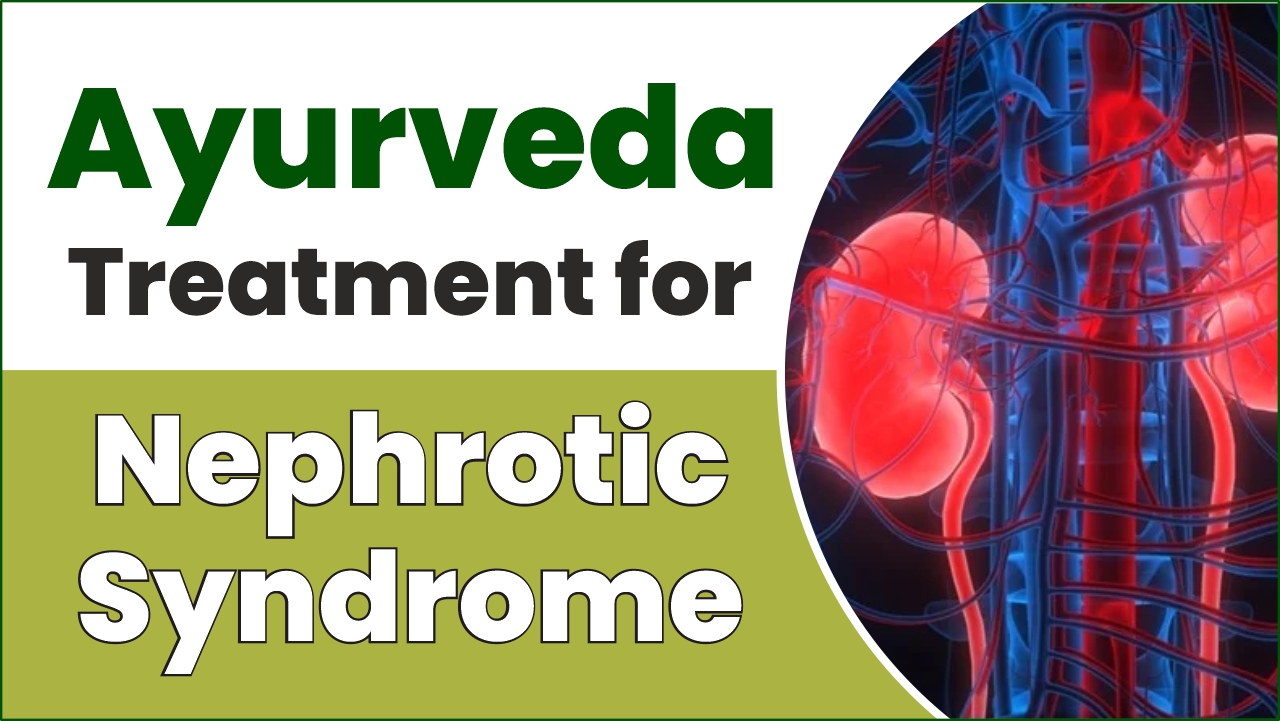To Know About Nephrotic Syndrome Problems and Treatment
What is nephrotic syndrome?
Our kidneys are made up of about a million of filtering units called nephrons. Each nephron consists of a filter, called the glomerulus and a tubule. The glomerulus filters our blood, and the tubule retains needed substances in the blood and removes wastes and extra water, which forms urine.
Symptoms of nephrotic syndrome
One may not know that they have their routine blood and urine tests checked. Signs of nephrotic syndrome that one may notice are -
- Fatigue
- Weight gain
- Foamy urine
- Not feeling hungry
- Swelling in face, hands and feet
Causes of nephrotic syndrome
Nephrotic syndrome usually happens when the glomeruli get damaged and fail to properly filter a person’s blood. The damage to blood vessels allows protein to leak into the urine. Our body holds on to the extra fluid without albumin. This causes severe swelling in hands, feet, ankles and face.
Primary causes: Primary causes of nephrotic syndrome are the ones that only affect the kidneys. These include: Focal segmental glomerulosclerosis: It is a condition in which the glomeruli get scarred from a disease, a genetic effect, or an unknown cause.
Membranous nephropathy: There is a thickening of the membranes of the glomeruli in this disease. The cause of the thickening is unknown, but it may occur along with Hepatitis B, lupus, malaria, or cancer.
Minimal change disease: A person with this disease may have their kidney tissue look normal, when looked under a microscope. But it doesn’t filter properly, for some unknown reasons.
Renal vein thrombosis: In this disorder, a vein gets blocked by a blood clot causing the blood to be drained out of the kidney.
Secondary causes
The secondary causes are the ones that cause nephrotic syndrome to affect the whole body. Such diseases may include -
Diabetes: This is a disease where uncontrolled blood sugar has the capacity to damage blood vessels all over the body, including the kidneys.
Amyloidosis: It is a rare disease caused by a buildup of the protein amyloid in our organs. It can build up in our kidneys, possibly leading to kidney damage.
Diagnosis of nephrotic syndrome
The patient will also be asked about the symptoms, previous medications, or any underlying health conditions.
Several tests may be used to help diagnose nephrotic syndrome. They include -
Urine tests: A sample of urine is to be provided by the patient. This may be used to determine the levels of protein in their urine.
Blood tests: In these tests, a sample of blood will be taken from a vein in the patient’s arm. This may be then used to understand the overall kidney function, blood levels of albumin, and cholesterol levels of the patient.
Ultrasound: An ultrasound makes use of sound waves to create an image of the kidneys.
Biopsy: A small sample of kidney tissue is collected in this procedure. This can then be sent to a lab for further testing to get a deeper knowledge of the problem.
Complications of nephrotic syndrome
The loss of proteins from a person’s blood and further damage to their kidneys can lead to a variety of complications. They include -
- Blood clots
- High cholesterol
- Malnutrition
- Anemia
- High blood pressure
- Chronic kidney disease
- Acute kidney disease
Treatment for nephrotic syndrome
The treatment for nephrotic syndrome includes addressing the underlying cause and taking necessary steps to reduce high blood pressure, high cholesterol, edema and the risks of infection. The medications that lower blood pressure also have the capacity to slow down the pace of a kidney disease called nephrotic syndrome.
Ayurveda treatment for nephrotic syndrome
The Ayurveda treatment is the best alternative as it has no side effects on the body and is also not complicated at all.
Ayurveda makes use of simple techniques that are easy to adapt, and recovered patients have not only praised the Ayurveda technique but have also recommended it to others who have faced similar problems.
Ayurveda treatment makes use of a healthy diet plan, a fitness plan that includes moderate exercising. The simple techniques used by ayurveda helps in quick recovery and maintain cholesterol and blood pressure levels.

Comments
Post a Comment